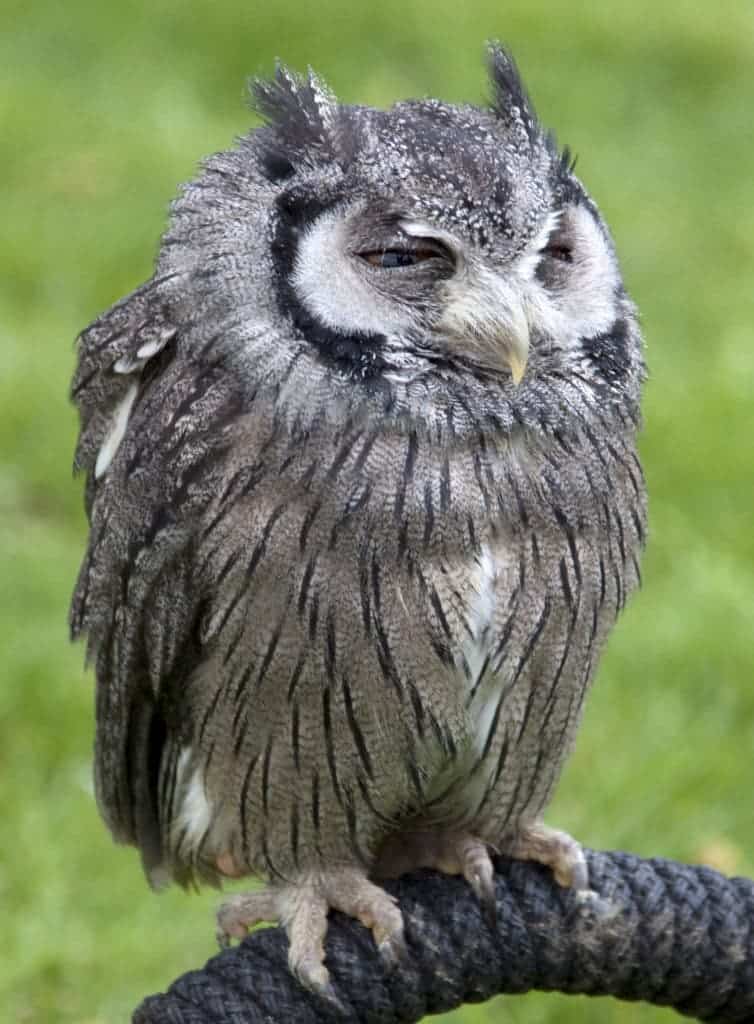Some people go to sleep early and wake up early and energetic: the early birds. In contrast, the night owls are most energetic in the wee hours of the night. Science has just found a reason why night owls exist, and it’s due to a single genetic mutation. Some people who have trouble sleeping have a mutated version of the gene CRY1 that causes them to have a longer circadian cycle and stay awake longer. This mutation is found all over the world, and though not extremely common, it can be found in up to one in 75 people.

The circadian cycle is an internal clock that controls when you are sleepy and when you are ready to wake up. People who call themselves night owls often are diagnosed with delayed sleep phase disorder, a type of insomnia. It is true that other factors can contribute to insomnia, such as stress, depression, and caffeine. The normal sleep-wake cycle is 24 hours long, but in night owls it is delayed, making them energetic at late hours. Work or school force night owls to wake up before their internal clock thinks that it is time. Therefore, they are often tired during the day.
“Compared to other mutations that have been linked to sleep disorders in just single families worldwide, this is a fairly impactful genetic change,” says senior author Michael W. Young, the Richard and Jeanne Fisher Professor and head of Rockefeller’s Laboratory of Genetics.
To see of any mutations were connected to delayed sleep phase disorder, researchers at the Rockefeller University to took the Weill Cornell Medical College’s sleep lab. The subjects spent two weeks in a laboratory apartment without any time or time cues; they could eat and sleep whenever they felt like it. Their DNA was also collected. Most subjects follow a typical 24-hour cycle when placed in such a setting. However, one subject caught the researchers’ attention because she stayed up late and had a 30 minute longer cycle. The whole hormone and temperature cycle associated with the circadian rhythm was delayed.
“Melatonin levels start to rise around 9 or 10 at night in most people,” says Young. “In this DSPD patient that doesn’t happen until 2 or 3 in the morning.”

The researchers checked the DNA from the skin cells that they took from the patient, and found one notable mutation, in the CRY1 gene, already known to be a part of the circadian cycle. The CRY1 gene suppresses some genes during the circadian cycle. The researchers found that the mutation made the protein very active and kept other genes important for the rhythm turned off for longer than they should be. The mutation is passed on through family members. In the patient’s family, five relatives had the same mutation. They all had trouble sleeping at night and classified themselves as night owls. The mutation is dominant, so if a person has one copy of the gene then they have a sleep disorder.
Looking at a large genetic database, the researchers found that the mutation is common around the world. They found that in some areas, as many as one in 75 people have the mutation. Although it doesn’t affect so many people, it is still a quite common mutation. So if you are a night owl, now you know the possible reason.
Journal reference: Patke, et al.: “Mutation of the Human Circadian Clock Gene CRY1 in Familial Delayed Sleep Phase Disorder.” http://www.cell.com/cell/fulltext/S0092-8674(17)30346-X DOI: 10.1016/j.cell.2017.03.027






